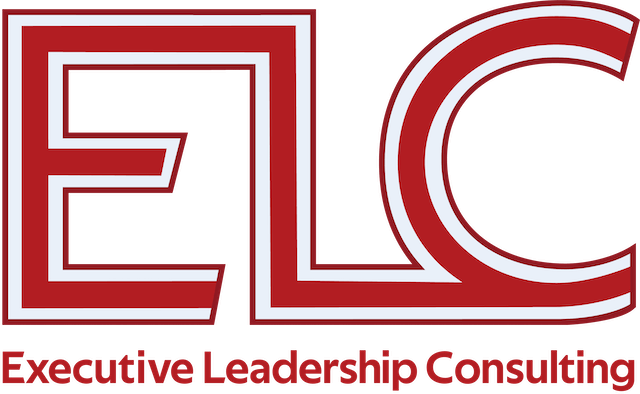For most of us, the road ahead has never looked so unclear. With things changing so often, it’s hard enough making it through today, let alone thinking about tomorrow. Yet, people still need leaders to do our jobs. Clients and customers are still counting on you, your team and your business to provide products, services and solutions (even if they don’t know about you yet).
So how do you find clarity to carry on your mission? You have to consistently reinforce your goals and objectives. Remind yourself and your team of the shared vision you are all working towards. Then with that tether, focus on setting yourself up for success, no matter what is ahead.
While that all sounds great, it’s easier said than done. It’s also easier if you have expert insights on best practices in Leadership and Change Management. At ELC, we’ve compiled our best practices and insights to create these highly effective 6 steps to help you achieve clarity – even during the craziest of times.
1. Focus on Purpose
To reinforce goals and objectives, focus on purpose over panic. Constantly remind your team of the purpose and vision of your company. You can use encouraging statements like, “Our customers are counting on us to deliver…” on whatever your purpose or vision is.
2. Update Priorities as Needed
As changes continue to happen, you’ll want to establish clear roles and responsibilities. Reinforce or update those roles and responsibilities as needed. Communicate what changes need to be made to your priorities.
You might need to change responsibilities or assign different roles as priorities change. Remember that it’s okay to do that, as long as you consistently communicate and reinforce what those roles or responsibilities are.
If priorities haven’t changed, keep reinforcing them, so that your team will stay focused. The key is to continue to provide as much clarity as you can when things are uncertain.
It’s also okay to not know. If there’s something you don’t know, be honest. If you can, work on finding an answer/solution. If you can’t get an answer soon, let your team know when and how you will continue to communicate any updates.
Keep your team focused on their priorities, but also make sure they are aware and prepared that things might change. While these might be the priorities this week, that might change by next week. The takeaway here is to set expectations for change and communicate as much as possible as those changes are happening.
3. Practice Agility
Agility is key to maintaining clarity. You want to be confident in your ability to test, learn, and adapt in this turbulent environment. Share what you know and what’s in progress as well as what you don’t know yet. Remind everybody that in these times of change, we need to be flexible and agile. With each challenge you overcome – both individually and as a team – your confidence will strengthen.
Several of our clients work in industries that are essential services, but they’re adapting how they work. Those who need to go into work to provide those services can, but those who can work from home do work from home. They’re shifting how they work together and adopting new ways of working.
4. Review Workflows & Clarify Decision Making
Another core element of clarity is creating structure. By practicing agility, you can test your workflows and decision-making processes. What adjustments need to be made in your workflows and decision making when you’re a virtual team? Where can you be more efficient? Learn from what works and what doesn’t work, and then adapt so you can be successful in thisenvironment.
At ELC, several of our clients have adopted agile practices across all of their teams. They’ve implemented daily and weekly check-ins. Look at agile work processes such as sprint planning and review sessions. The idea is to have shorter meetings to check-in, and then do longer meetings for deeper dives when issues come up or decisions need to be made.
Some companies we work with have created smaller subteams for easier collaboration online. So, maybe consider breaking into work groups or smaller departments to be able to collaborate online more nimbly.
5. Build Flexibility into Your Structure
You want to have structure, but you also want to be flexible when you can. For example: parents working from home are trying to take care of their kids, home-school and get their work done. Can you be flexible with their schedule so that they can accommodate childcare and home schooling? Do you have contingency plans for you and your team in case someone gets sick and needs to take time off? (Although we hope not!) Put a plan in place so you know who is doing what and you’re able to reassign roles if needed.
6. Be Prepared for Anything
Discuss the things that might go wrong and develop contingency plans, so everyone knows what to do in case it happens. You don’t want to catastrophize, but you do want to be prepared.
You can also prepare by designing an online onboarding process, in the case that you need to bring on contingency workers or new employees. This can help them to get acclimated into the team and understand their new roles.
If you’re looking ways to improve your virtual work processes or need guidance on making the shift to the virtual workplace, we’d be happy to share more insights! You can contact us here.
This article comes from our online training “5 Keys to Leading Virtual Teams in the COVID-19 Crisis” Click on this link to view the entire training for FREE as well as access other helpful leadership resources.






